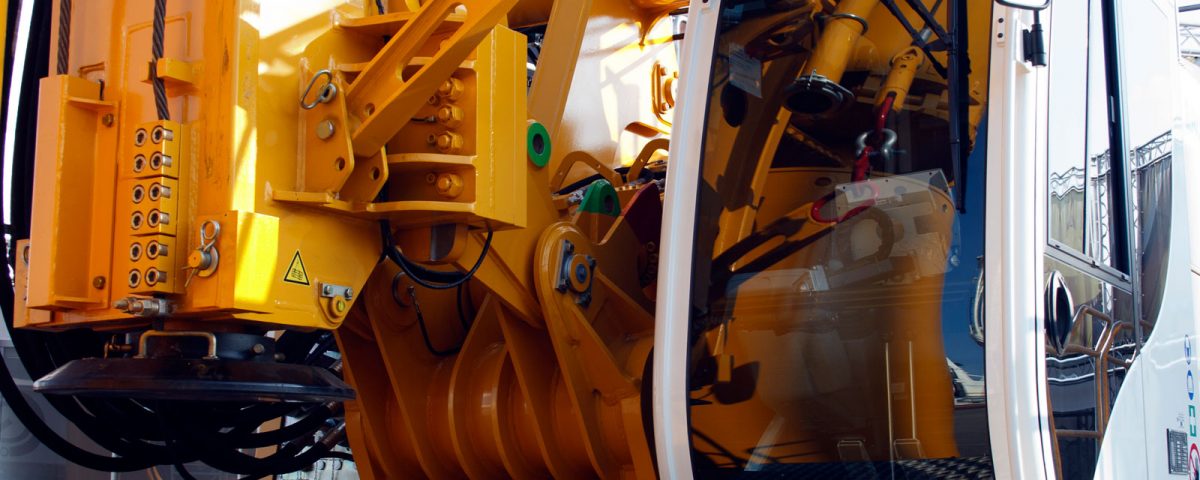Bel-Ray 100 Gear Oil is needed in these enclosed gearboxes. The open gears require a lubricant such as Bel-Ray Molylube SF 100 Semi Synthetic Open Gear Lubricant that can handle temperature swings and environmental conditions such as dust, water, snow, and ice while still protecting the gears under some of the highest load conditions that equipment manufacturers have designed the equipment to withstand.
The cost of an unplanned rebuild after a failure is often double or triple the cost of a planned rebuild. There is not much room for negotiating a price of a rebuild component since the number of companies that can perform quality repairs are limited in any given market. There are also relatively few high quality manufacturers of the replacement parts that go into a rebuild. Most mines spend considerable resources on oil analysis and other reliability centered maintenance programs to ensure that they have as few unplanned rebuilds as possible. To maximize profit, the goal is to have all of your rebuilds occur prior to component failure with enough usable life left on cores, gearing, etc. so that minimal replacements are required.
The consumable items for operations often get managed on a cost per unit basis at a mine. For example, groundengaging tools (GET / bucket teeth) wear over use and are often replaced. The cost per hour or ton per hour for ground engaging tools is a straightforward calculation based upon how many tons of material you dig before the teeth wear out. Ground engaging tool replacement is an example of a standalone cost that will not impact the major portion of your equipment’s life cycle cost, which is component rebuild.
Lubricants are often purchased on a cost per pound or cost per gallon basis. Often times a manufacturer’s minimum standard for performance is the only requirement for a lubricant to meet the criteria in a purchasing decision. However lubricants are one of the few purchasing decisions that will have a direct result in maximizing component lives. Interestingly enough, choosing the proper lubricant and managing the lubricants so that we can maximize the major component life is what we should concern ourselves with when making our lubricant decision, but the cost per gallon or pound of lubricant is all too often the deciding factor.
As you can see in the chart below that shows a few select components, with proper lubrication and lubrication management you can reduce your cost per hour from between $10.17 over the life of the machine (going from a poor component life to average component life) and $6.92/hour (going from average component life to an extended component life). Over the life a machine at 150,000 hours, that is a net impact of between $1,038,000 ~ $1,525,500.
| Lubricant Cost per Year …………………………………………………………. $90,000 Lubricant Cost per Hour @ 5,500 hours per year…………………………. $16.37 |
Bel-Ray Performance Lubricants may cost some more on the front end on a cost per liter or per pound basis, however we often find that we can upgrade the quality of a lubricant without increasing cost to the customer by reducing over lubing conditions and extending drain intervals. The big savings occurs when we take components from poor to average life or from average to extended life of components.
Ask your local distributor or Bel-Ray customer service for a lubrication audit to see where we can apply proven maintenance best practices to your operation. In this article we’ve highlighted only a few key components; every mine is different. We can help you identify how using Bel-Ray lubricants can improve equipment operation, equipment life and ultimately your bottom dollar. If you have components that haven’t given you manufacturer expected life, we can help determine the cause and recommend possible solutions. We can help identify components that are wearing prematurely, again determining cause and proposing possible solutions. Perhaps the culprit is operating conditions in your mine; maybe it is less-than-ideal lubrication and maintenance practices. Either way, Bel-Ray wants to work with you to decrease your operating costs and improve the bottom line and ultimate success of your mining operation.





